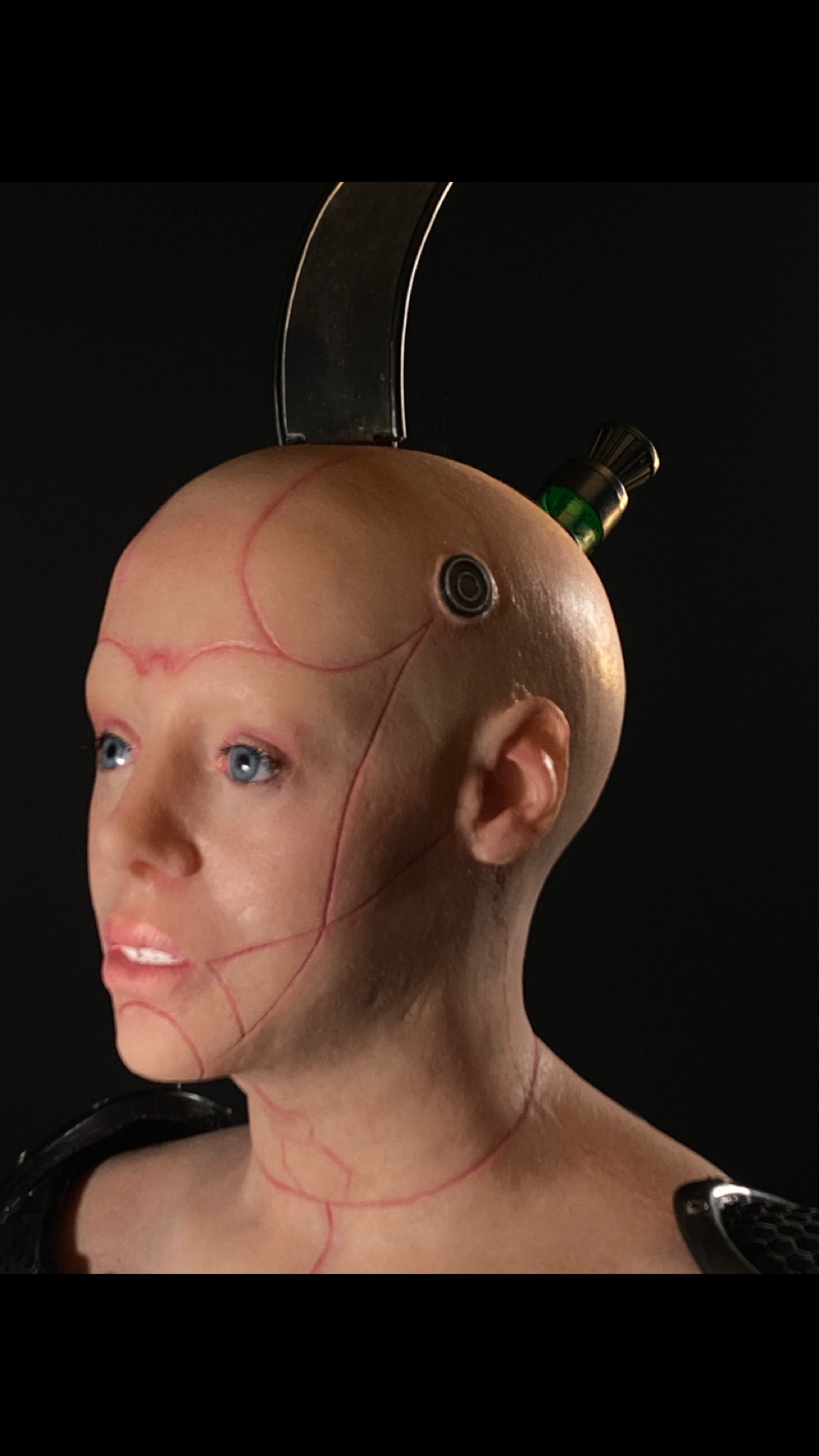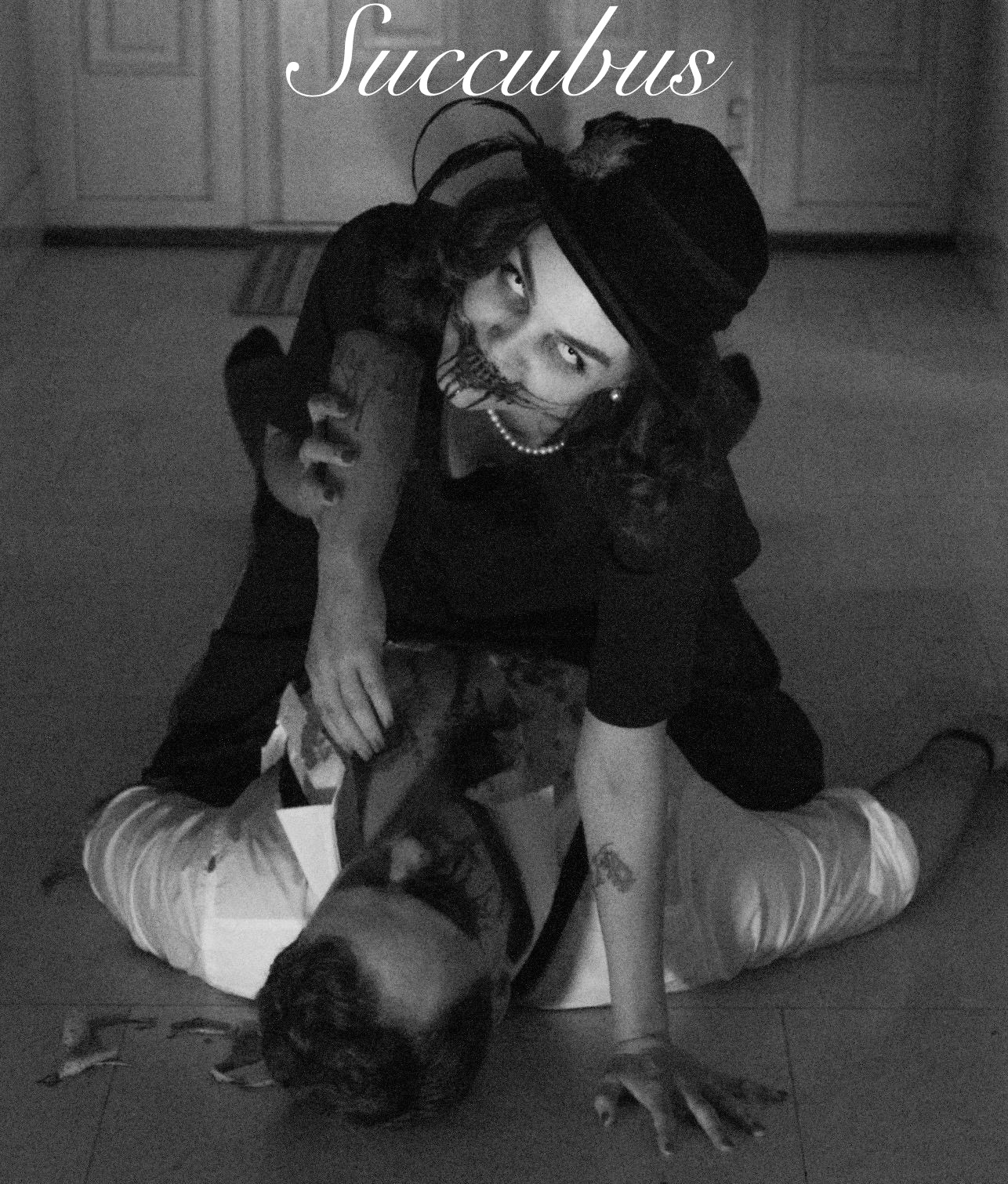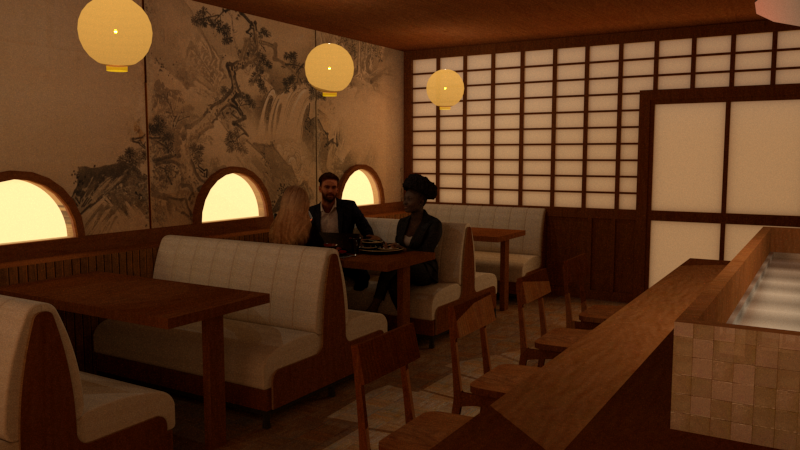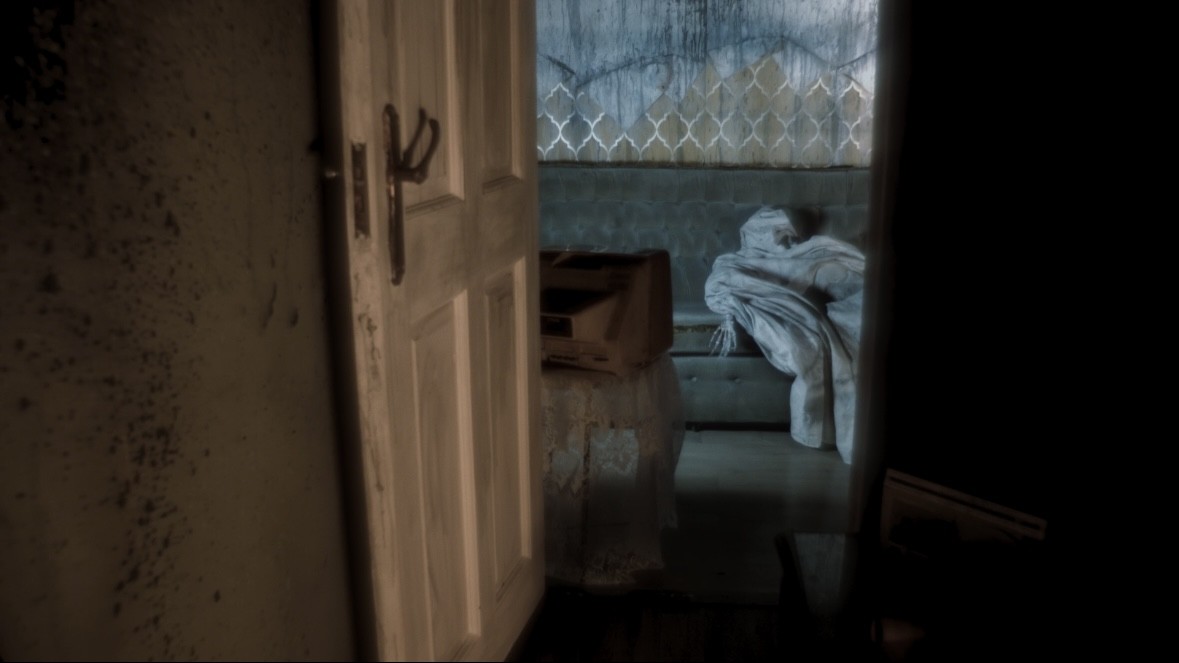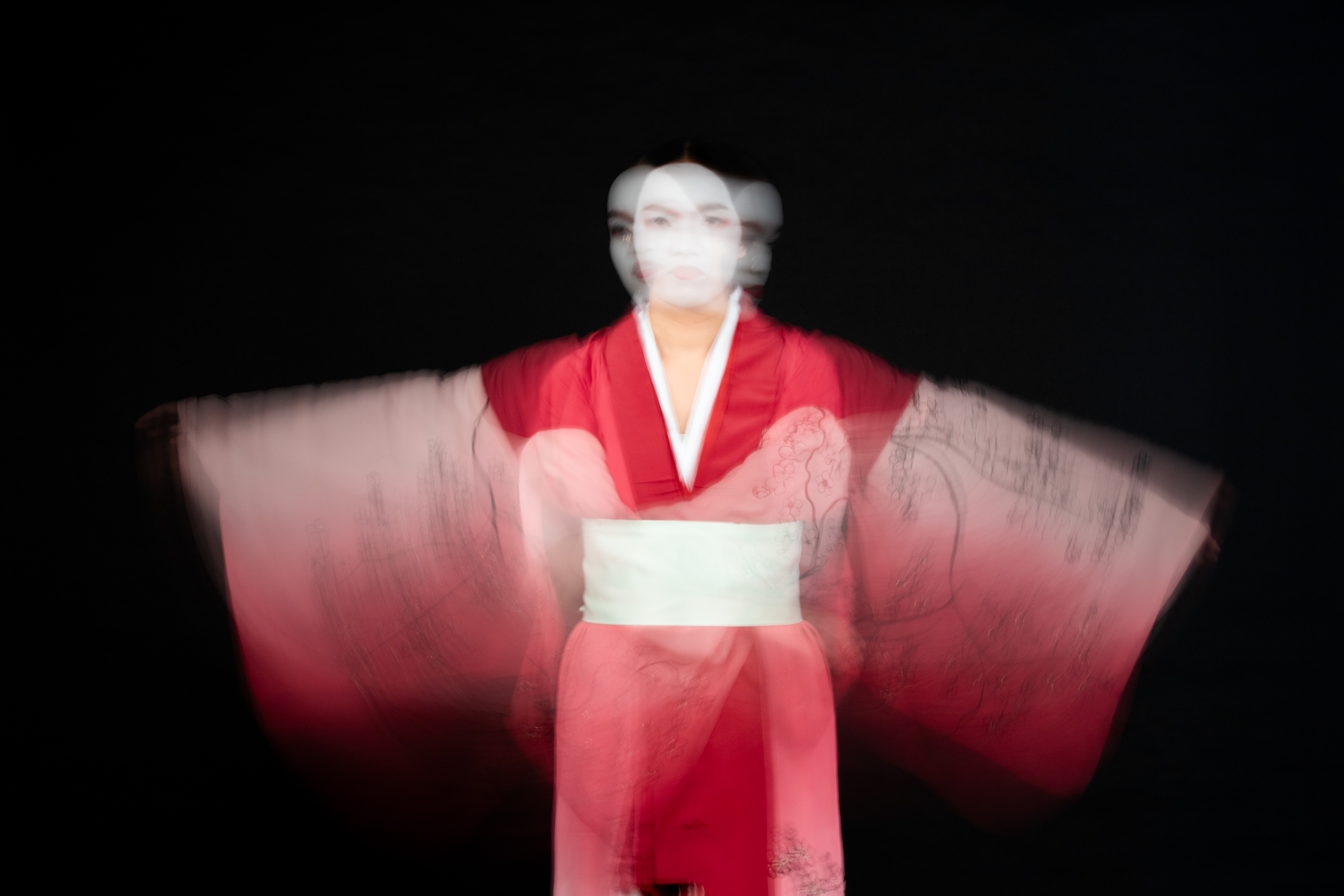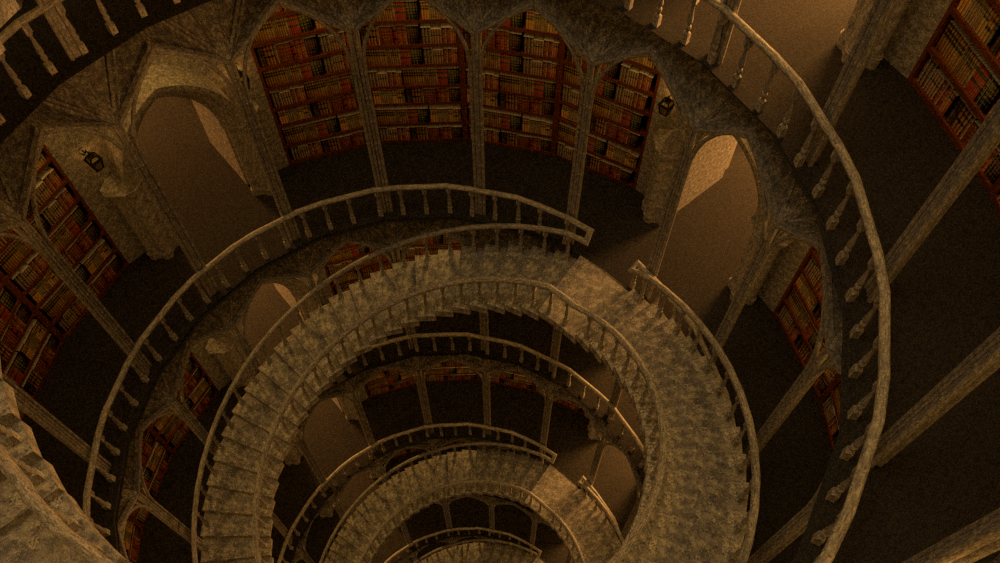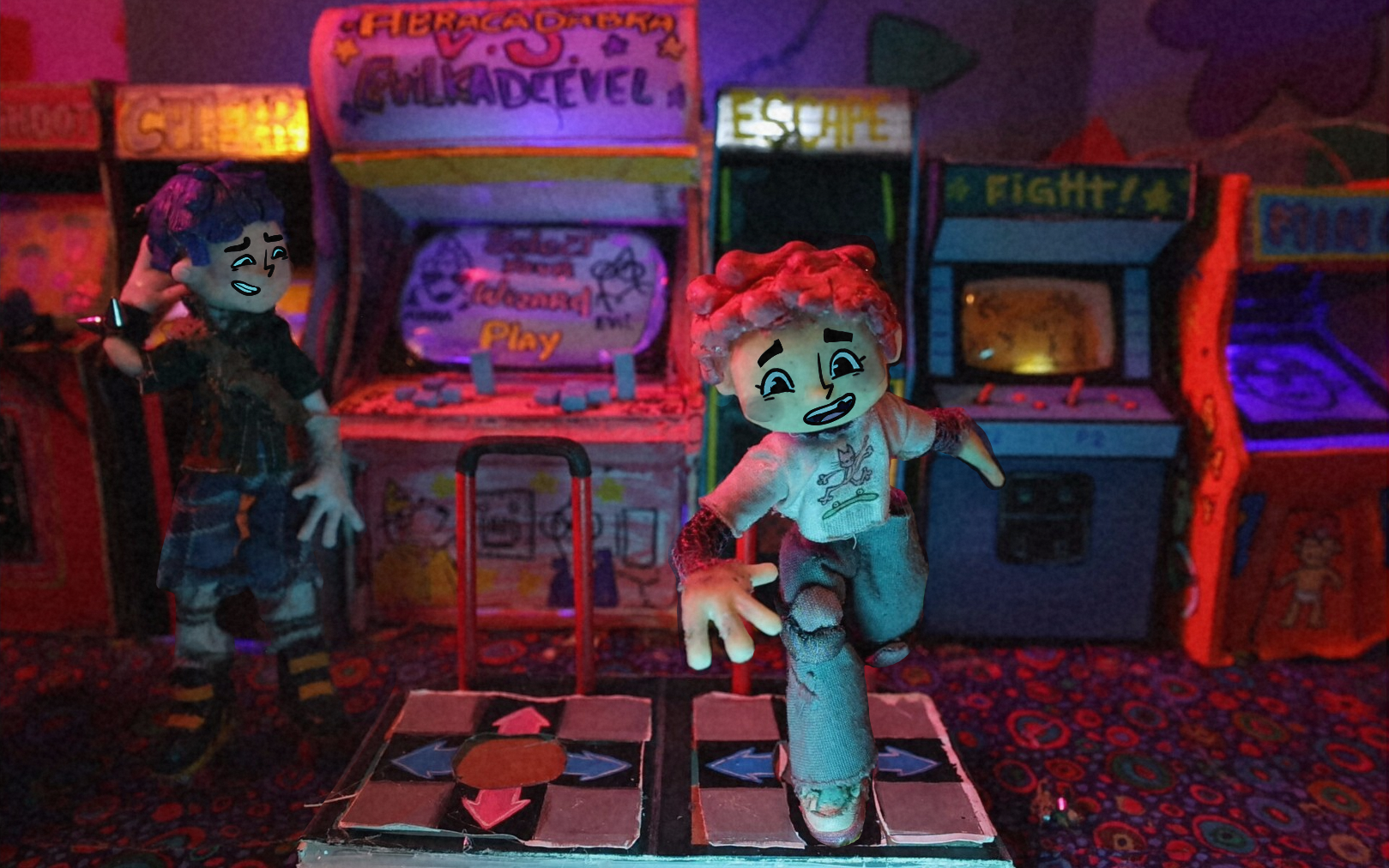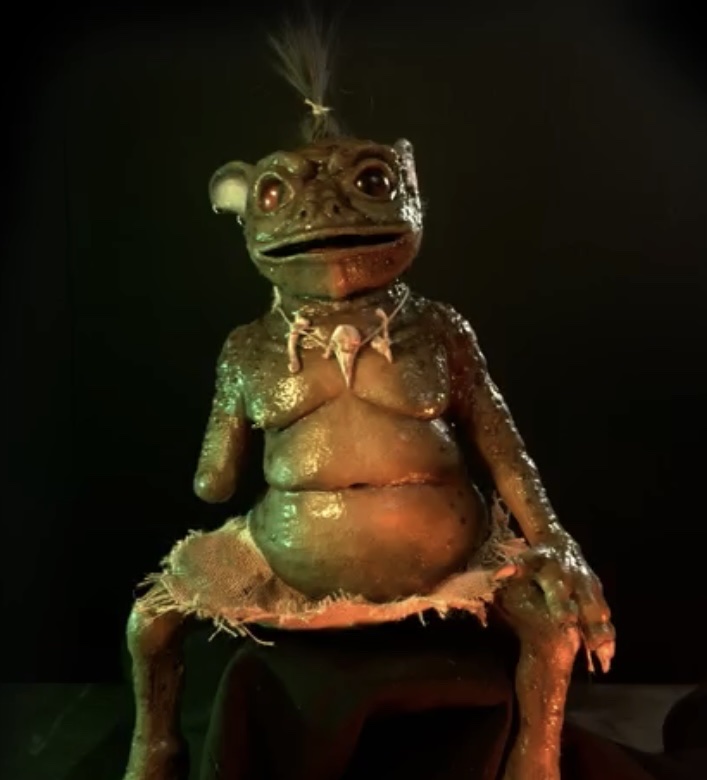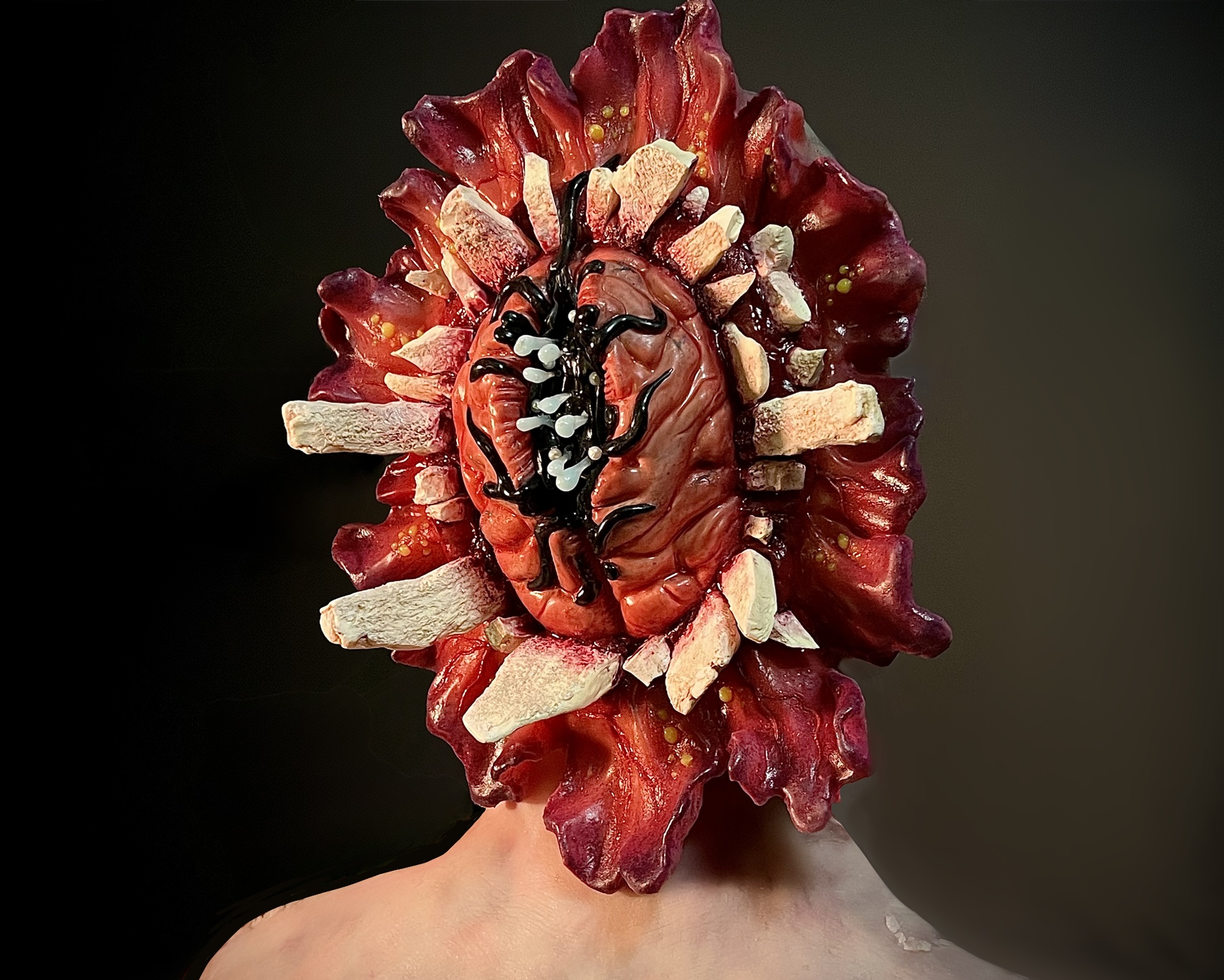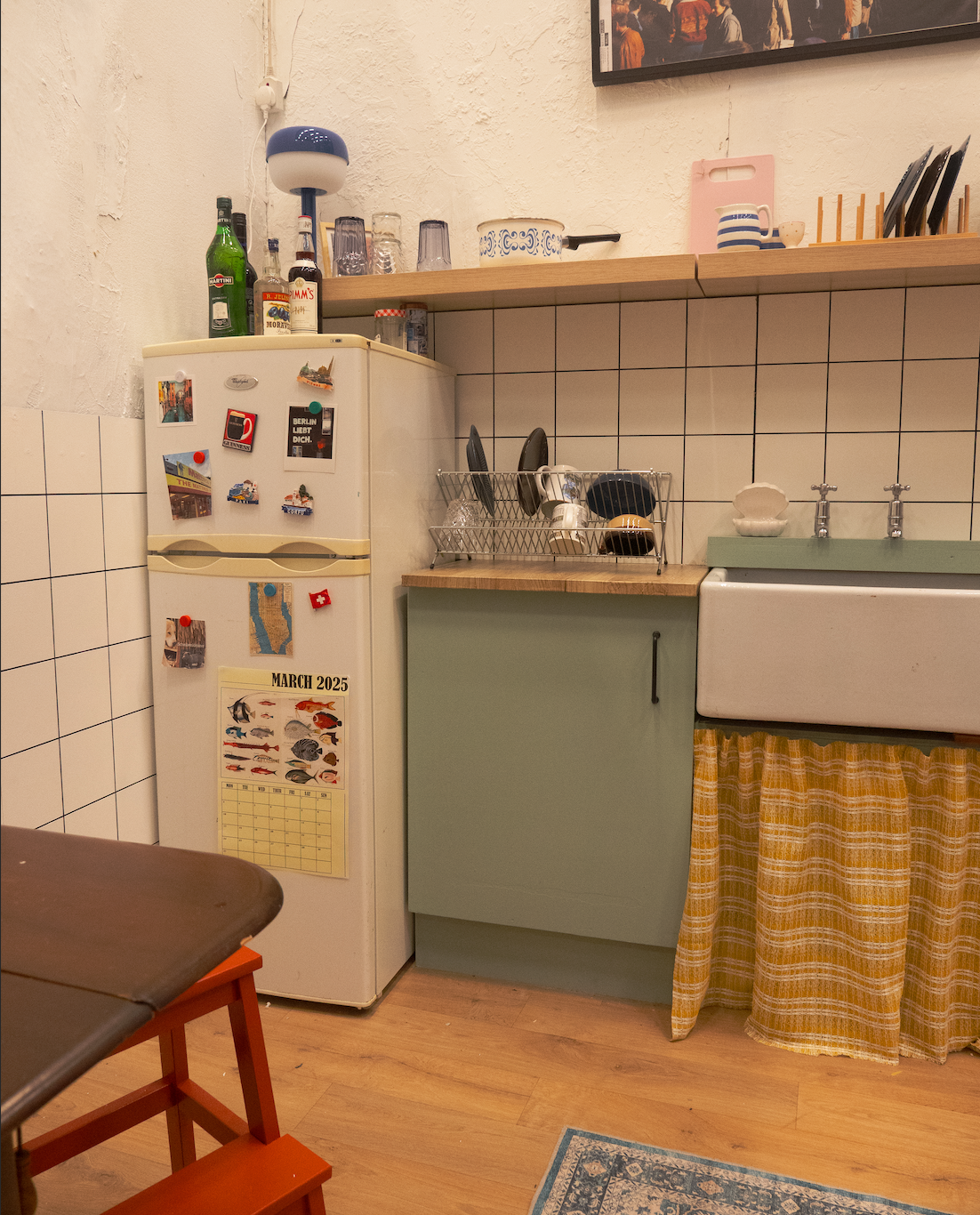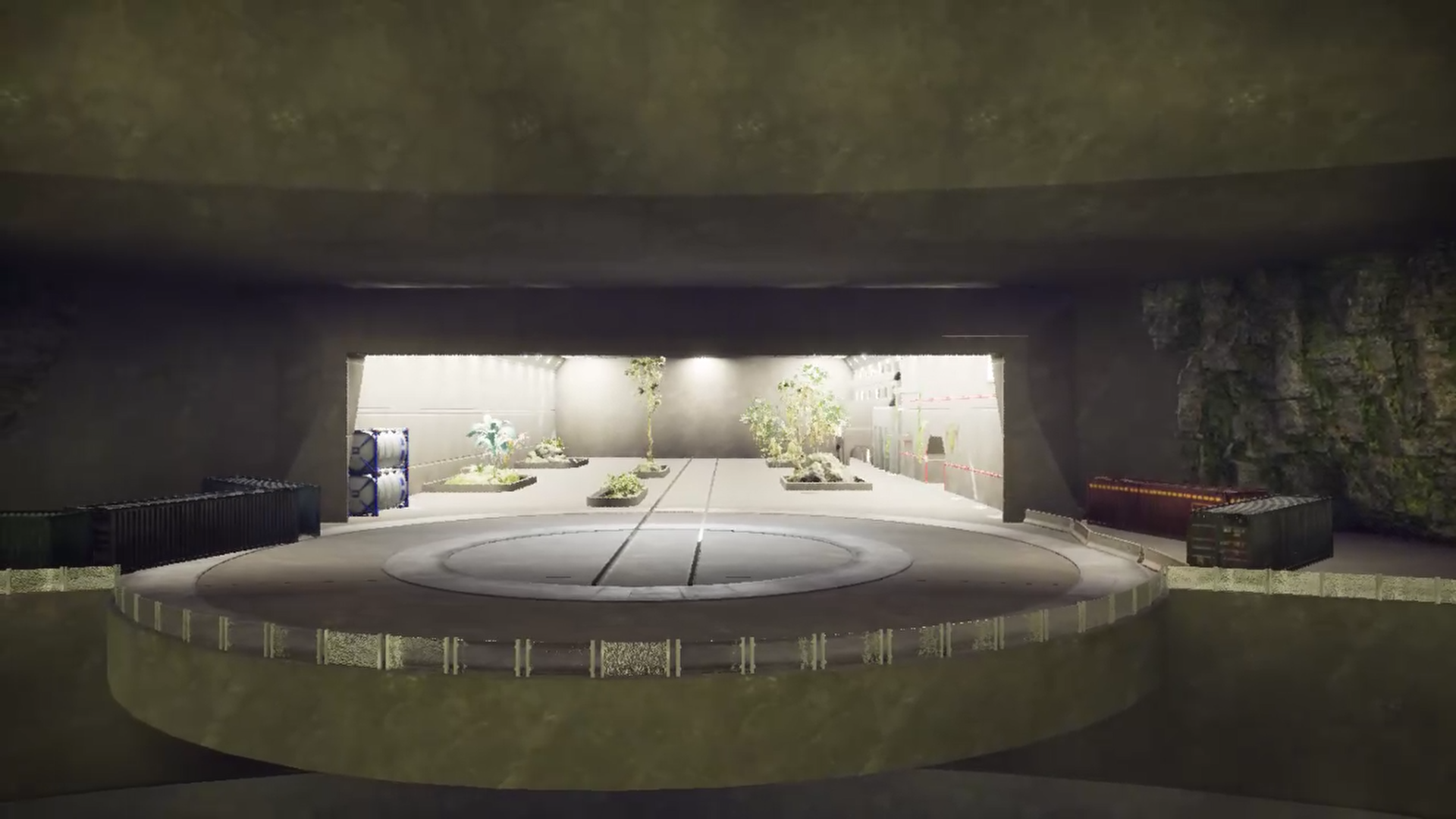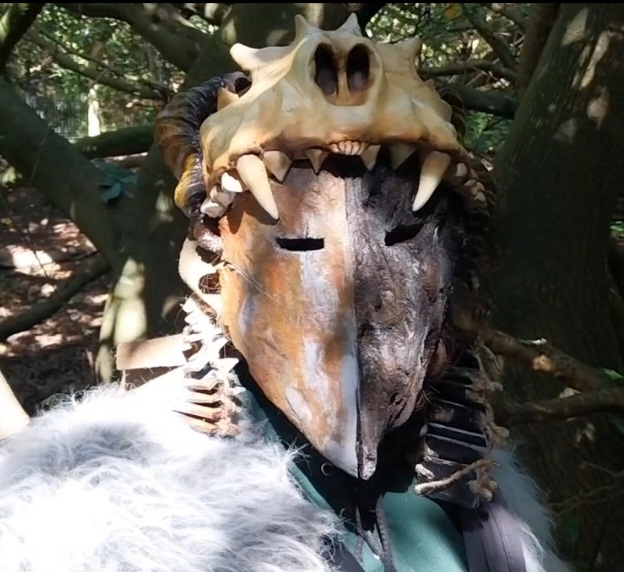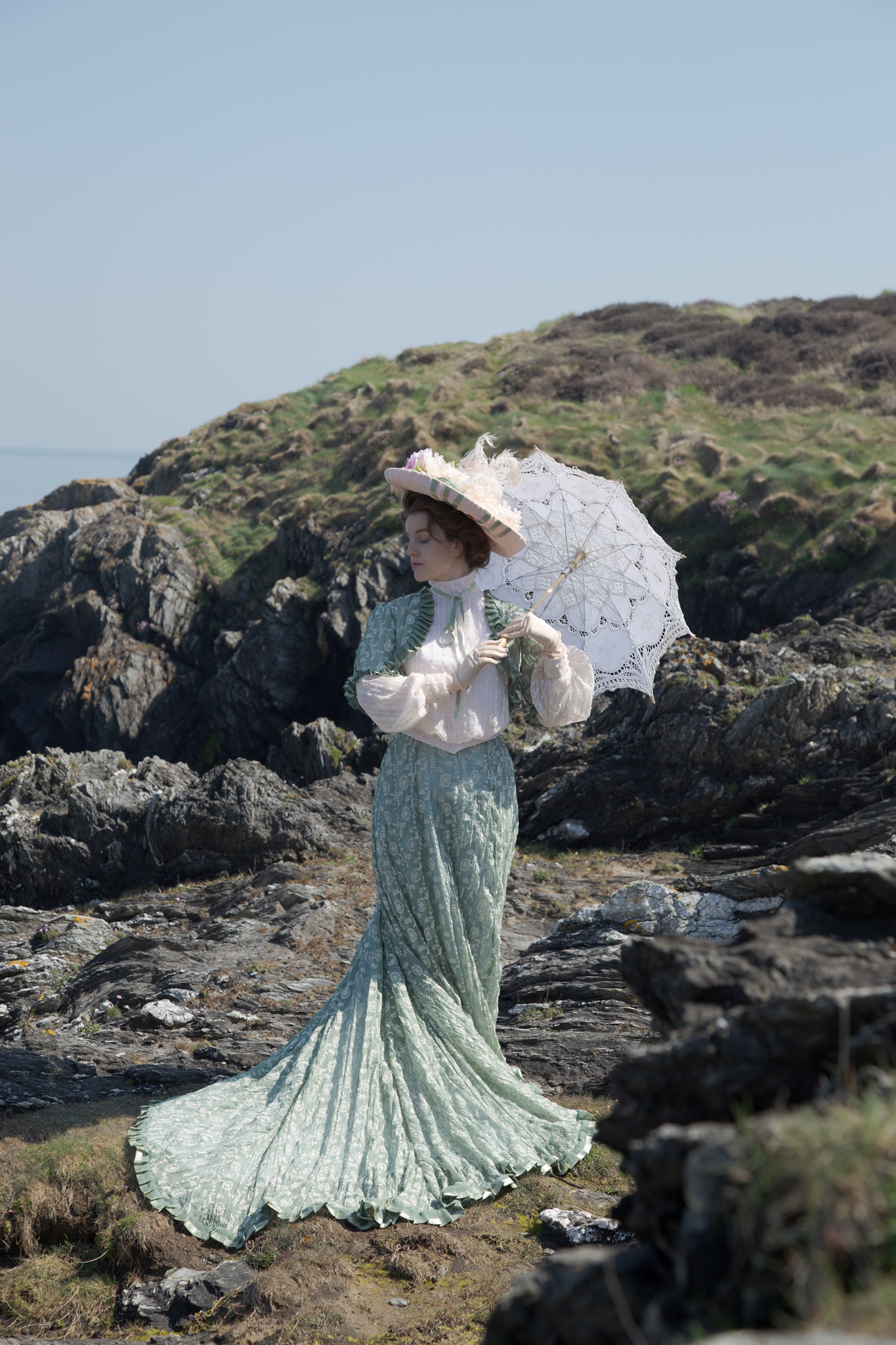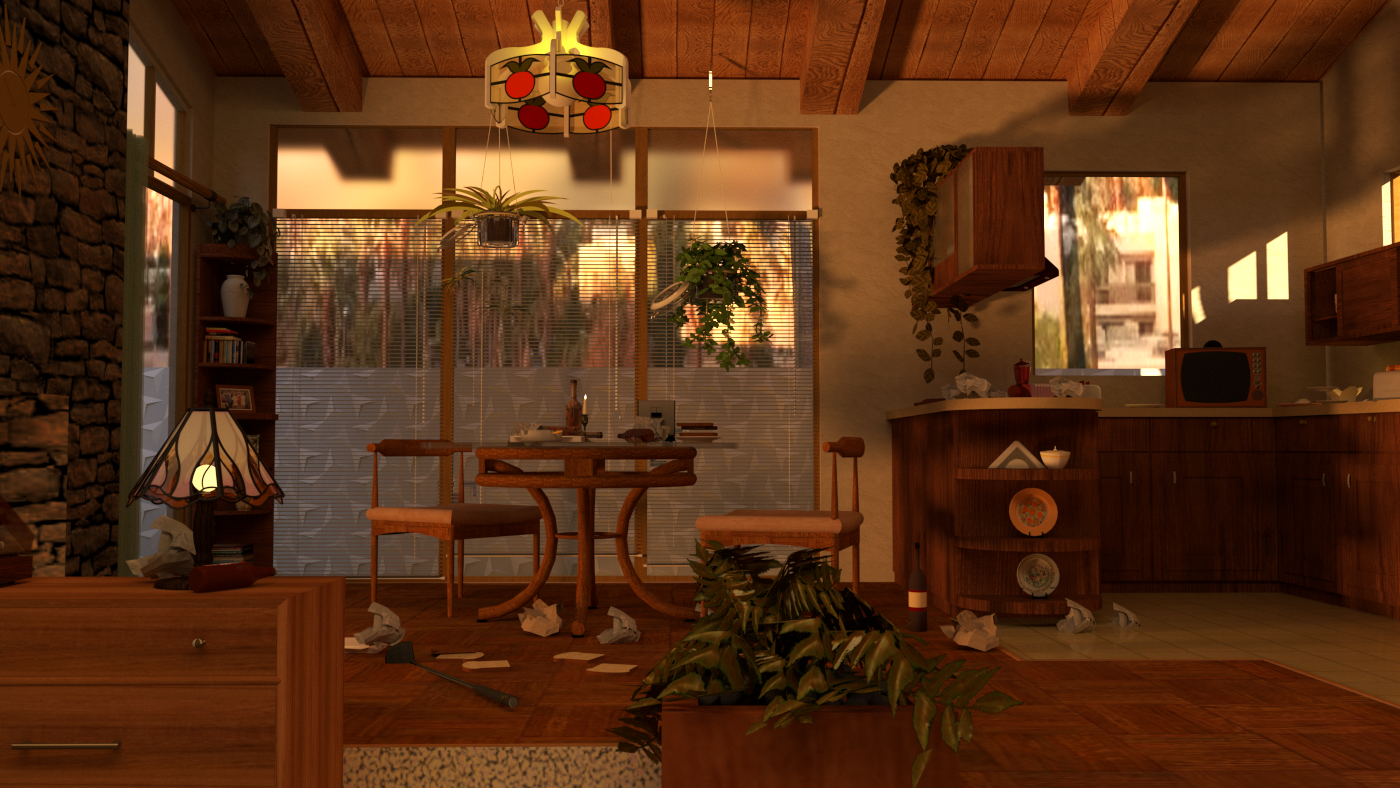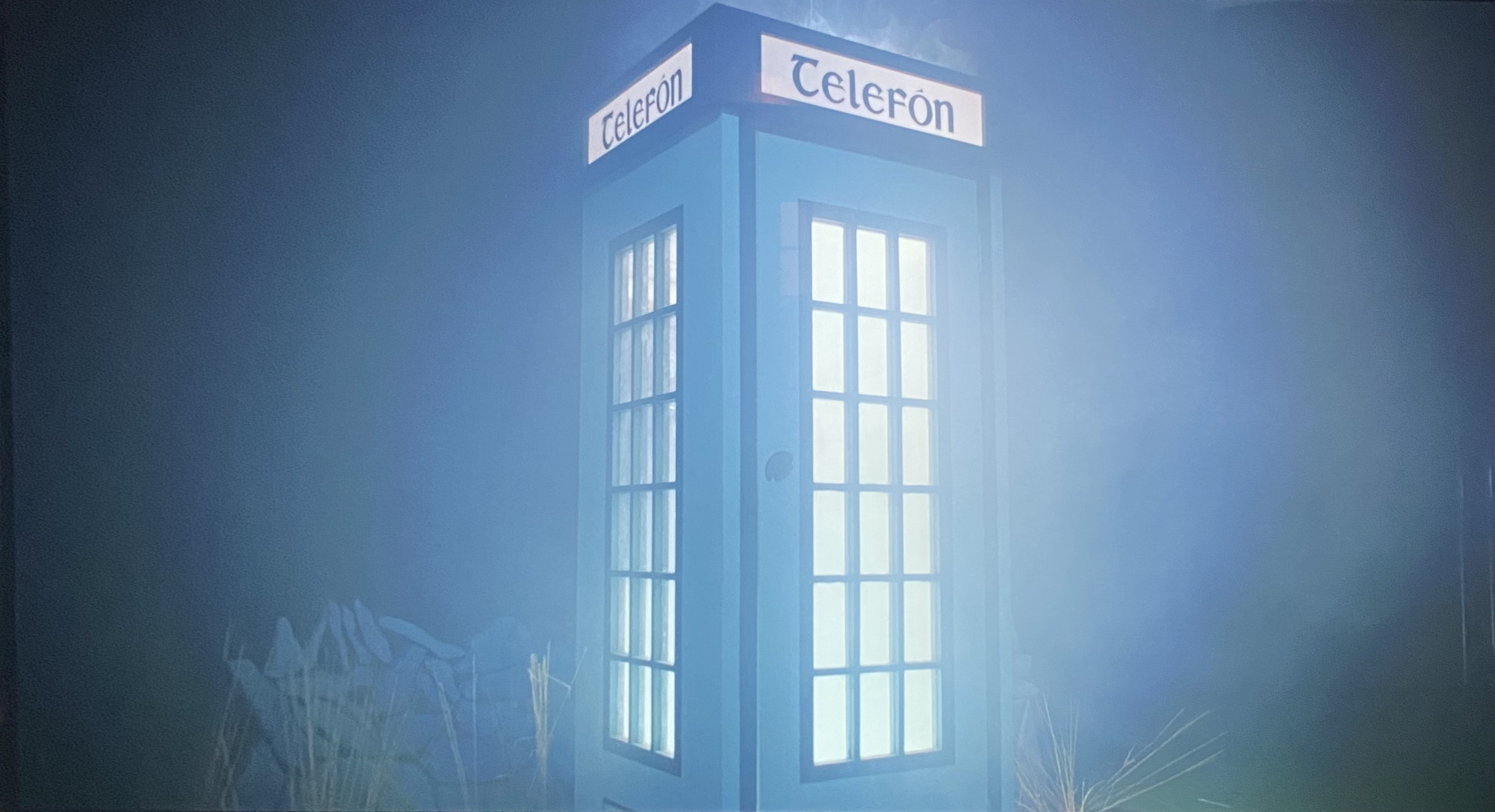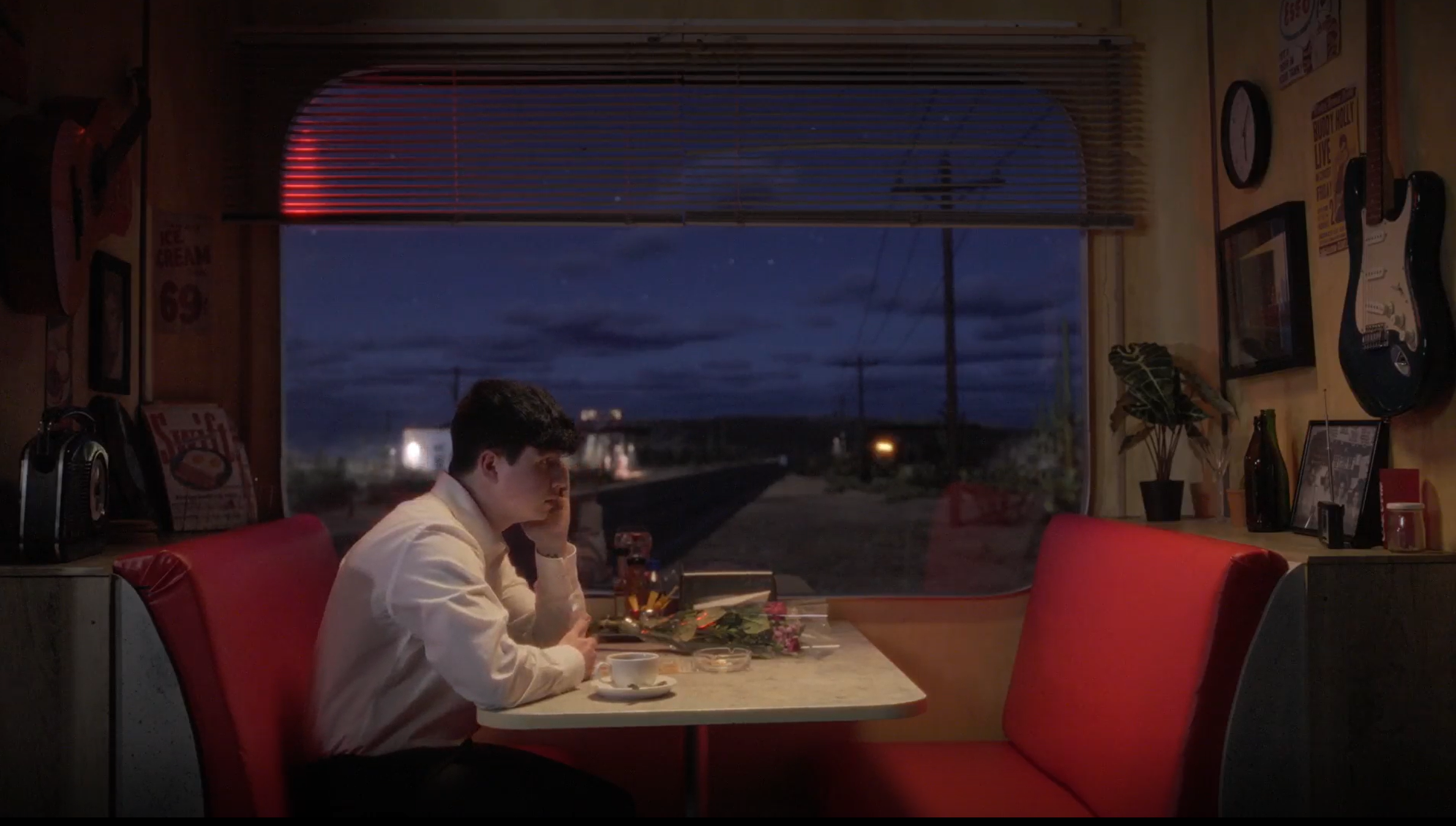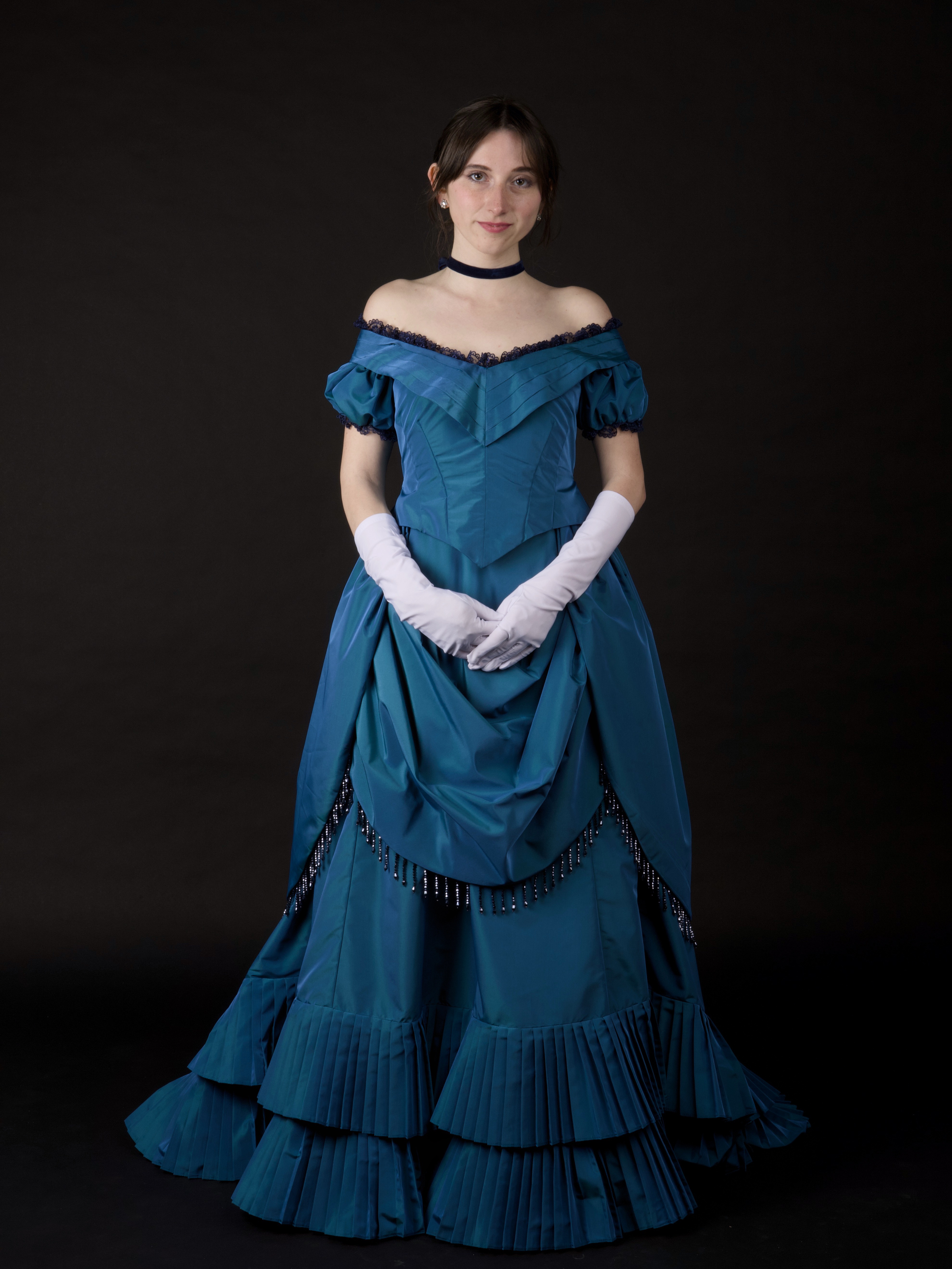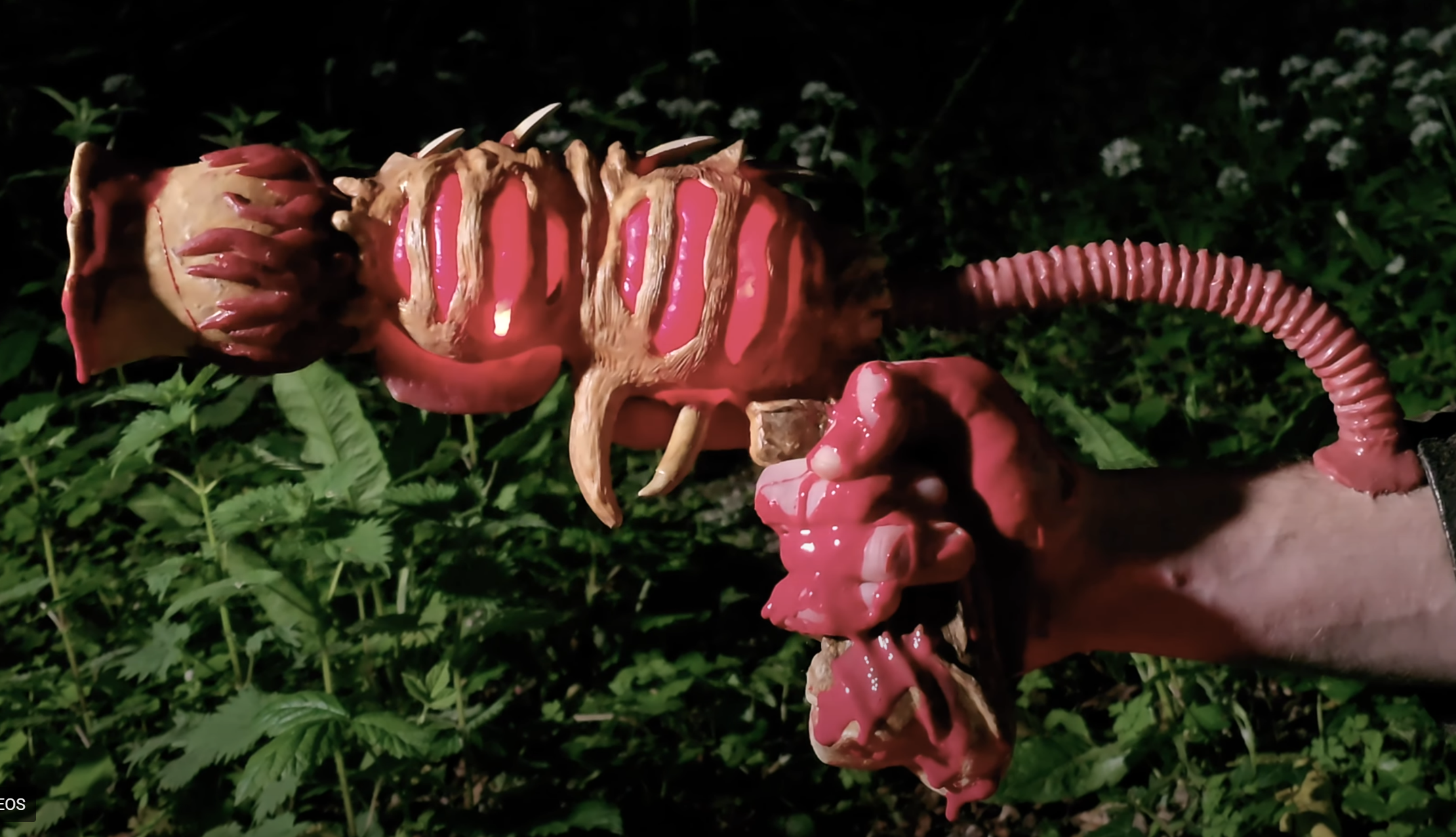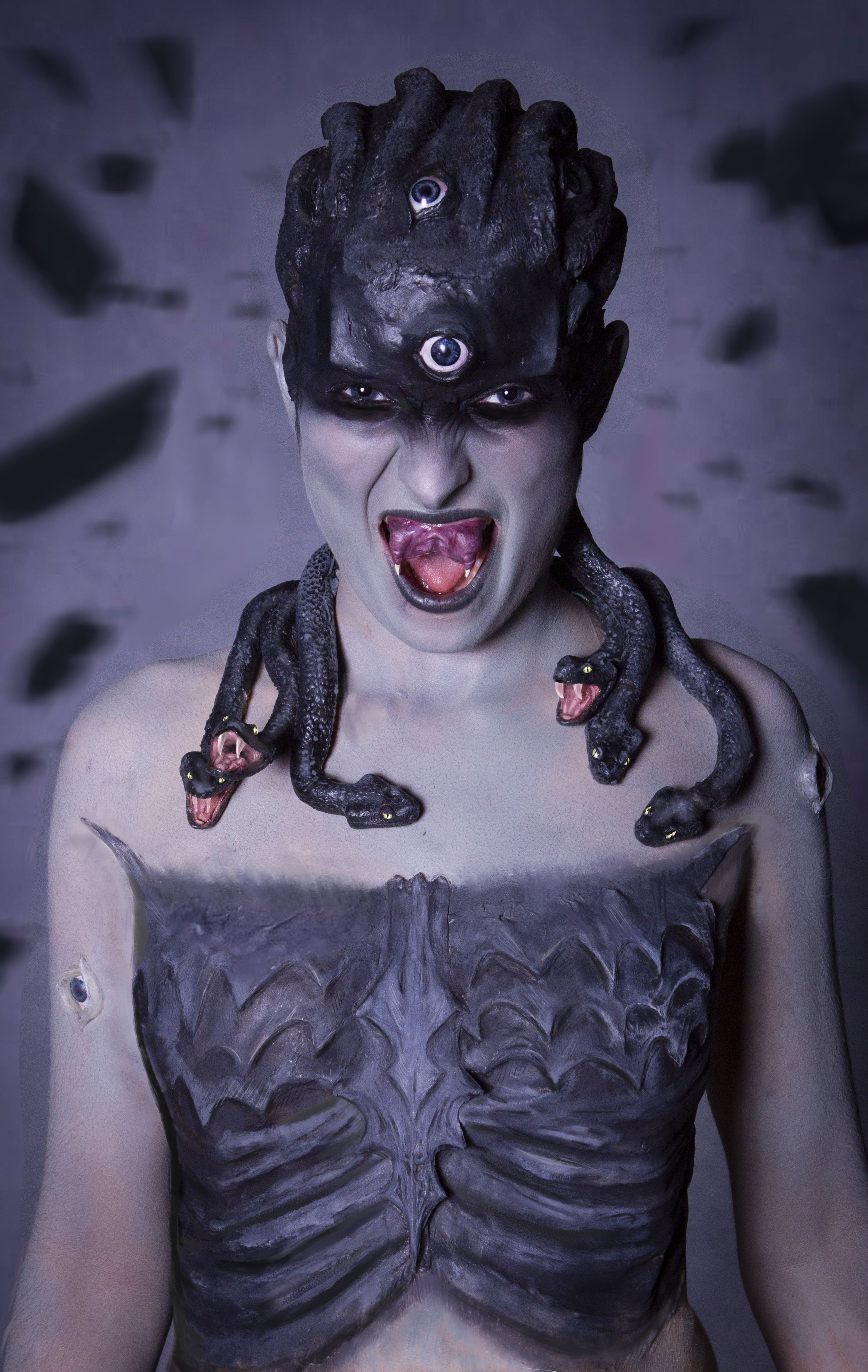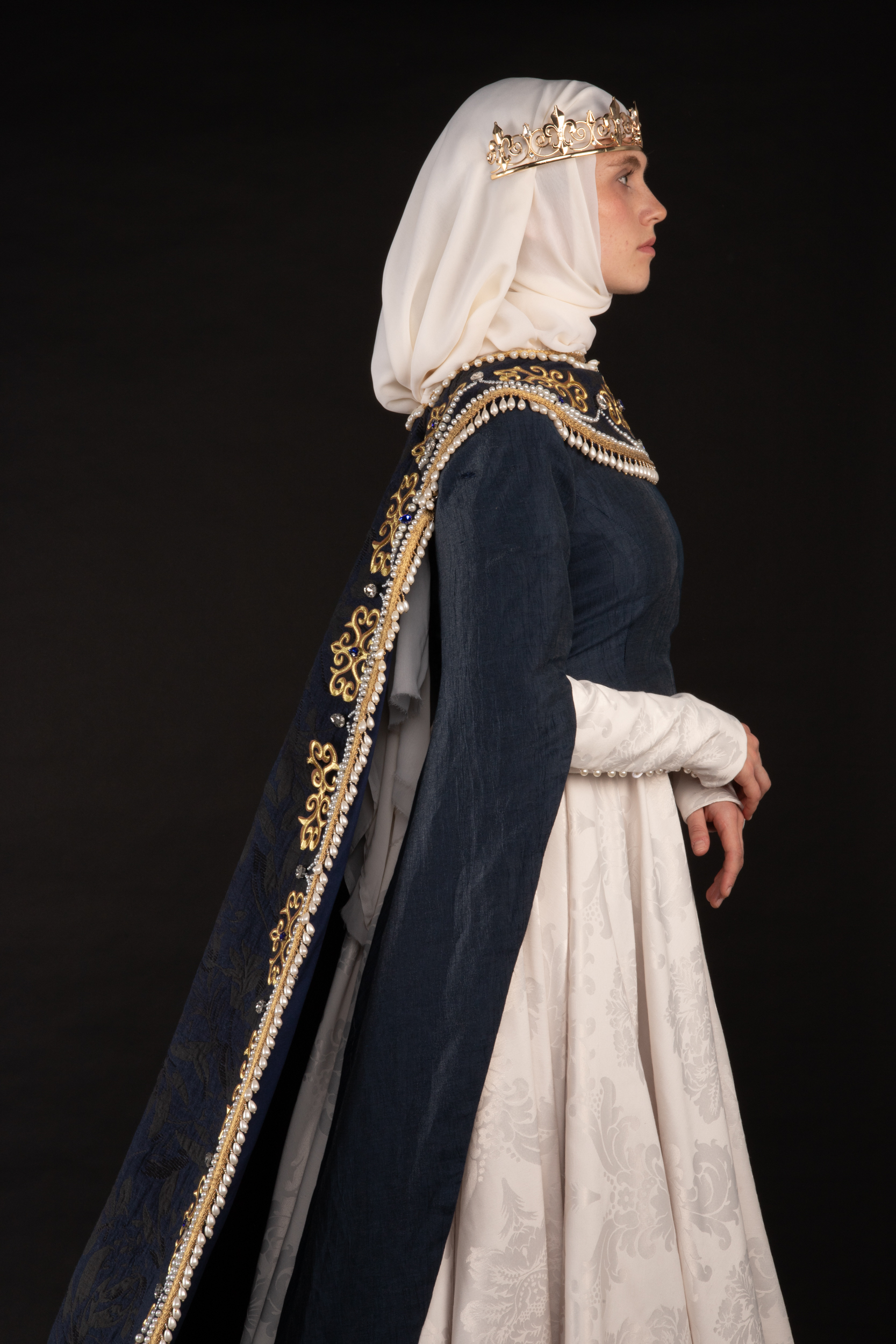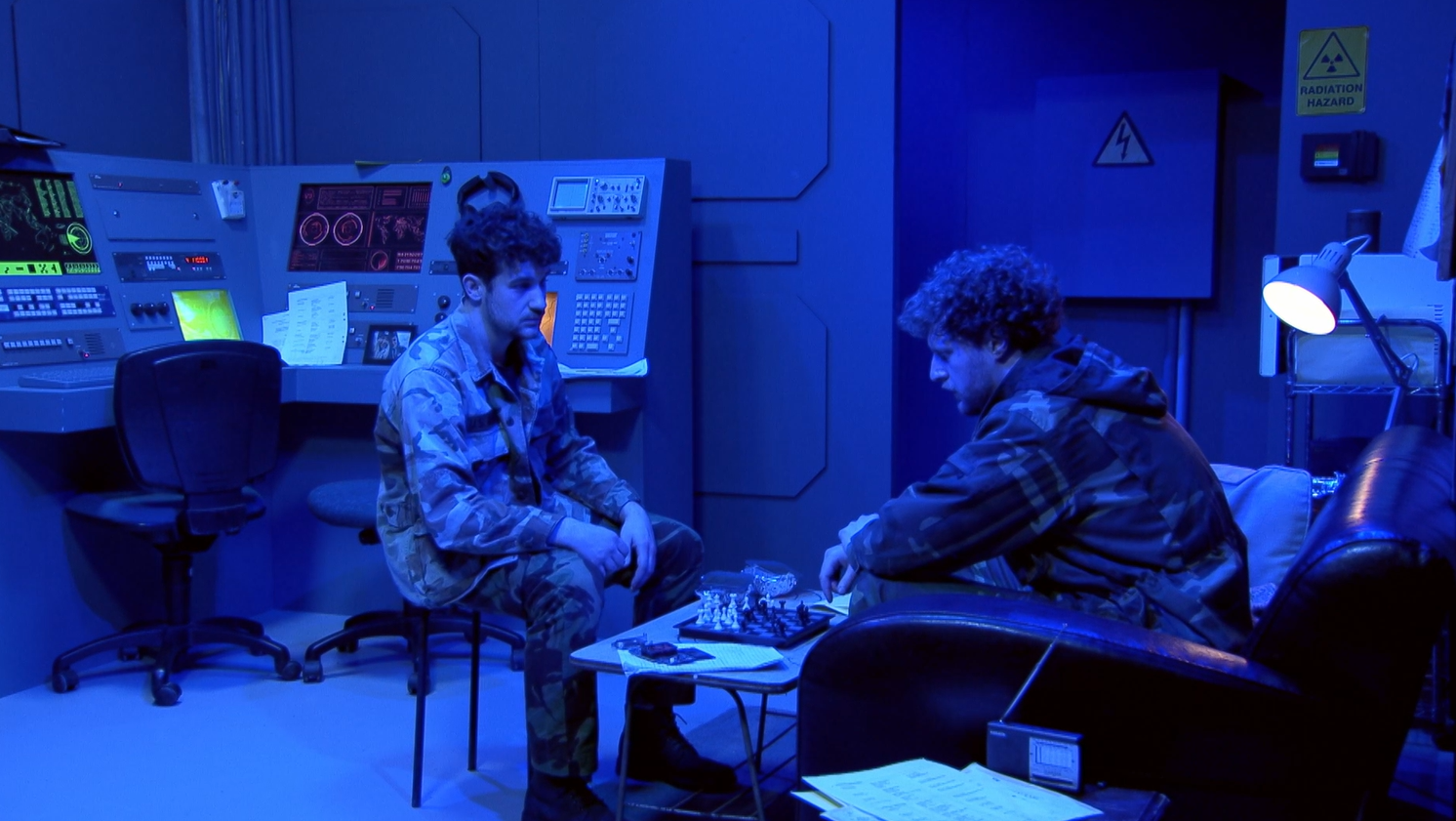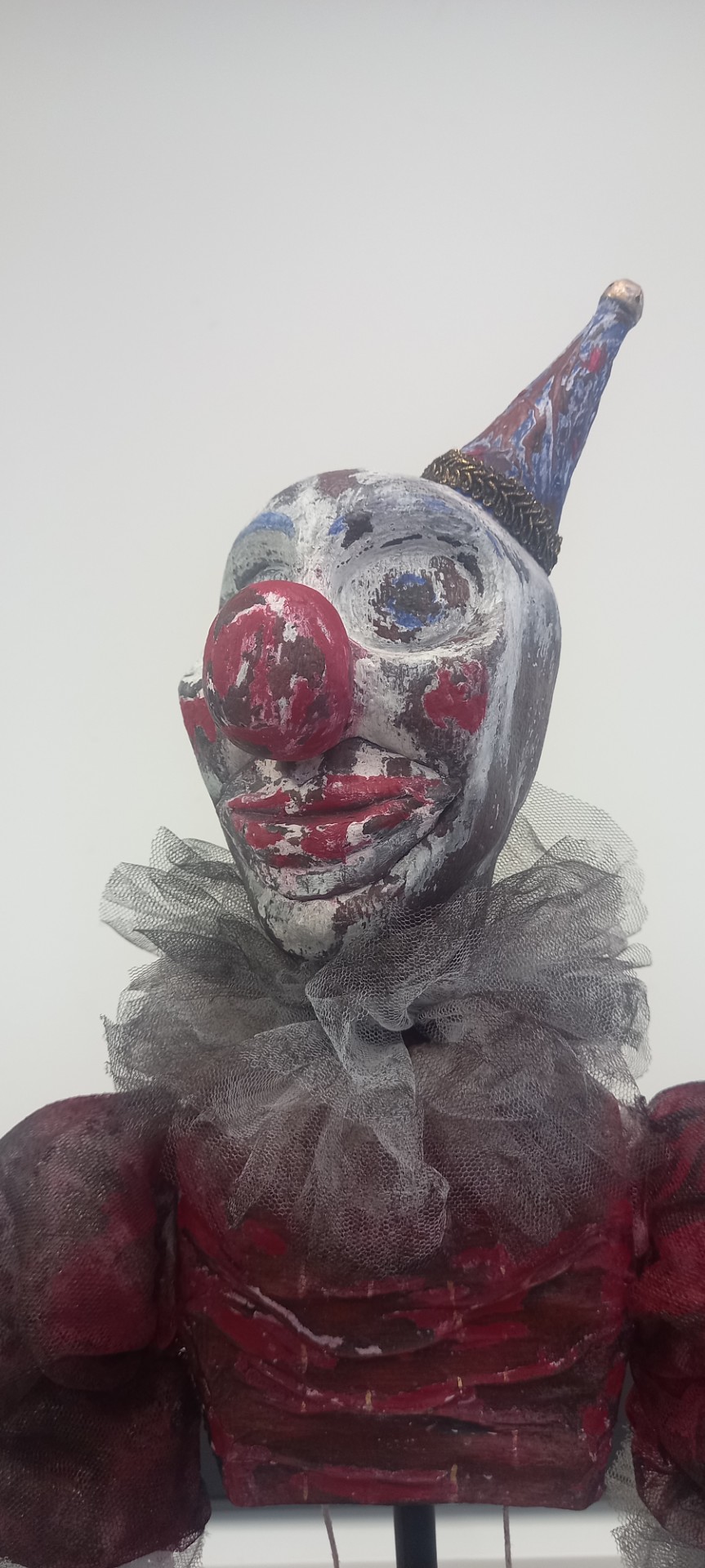
Katelyn O'Connor
My project focuses on the creation of a realistic forest goblin creature, brought to life using silicone for a highly detailed, lifelike appearance. The creature is designed as a hand puppet with basic but expressive puppet movements, allowing for natural interaction and performance. Inspired by folklore and mythology, the goblin embodies a blend of natural textures and earthy tones, giving it an organic, forest-dwelling appearance. The project aims to demonstrate advanced skills in sculpting, molding, casting, and puppet mechanics, showcasing a seamless blend of artistry and technical craftsmanship.


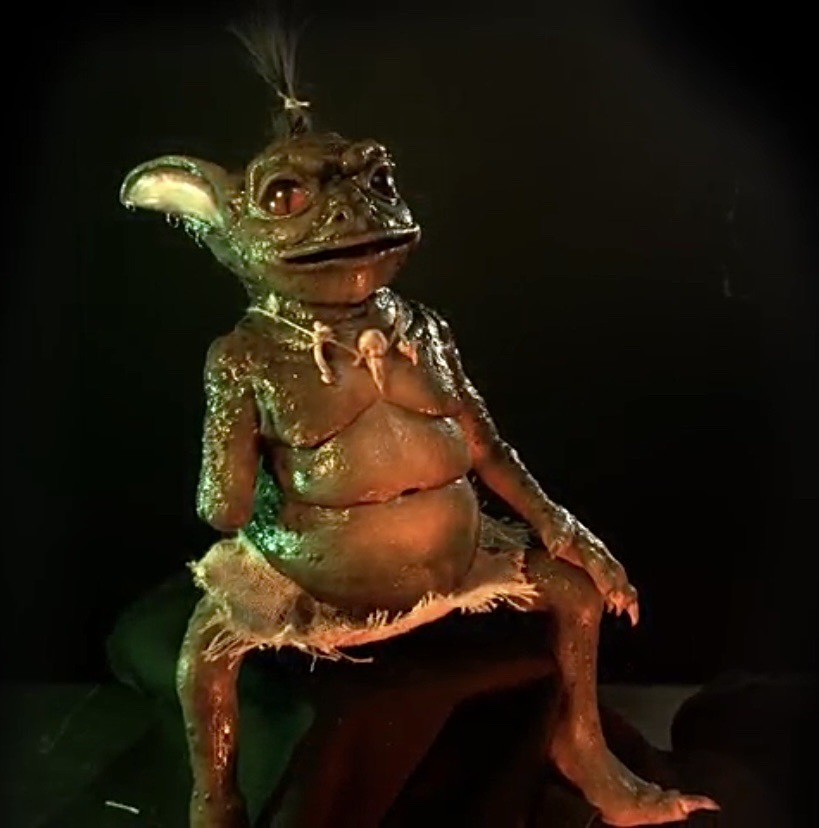
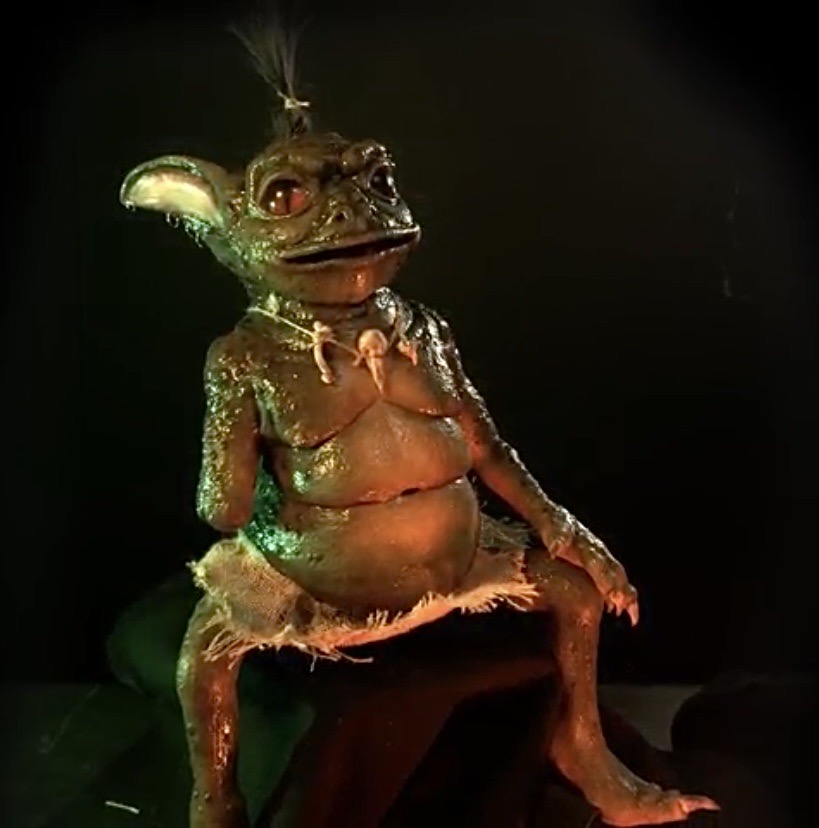
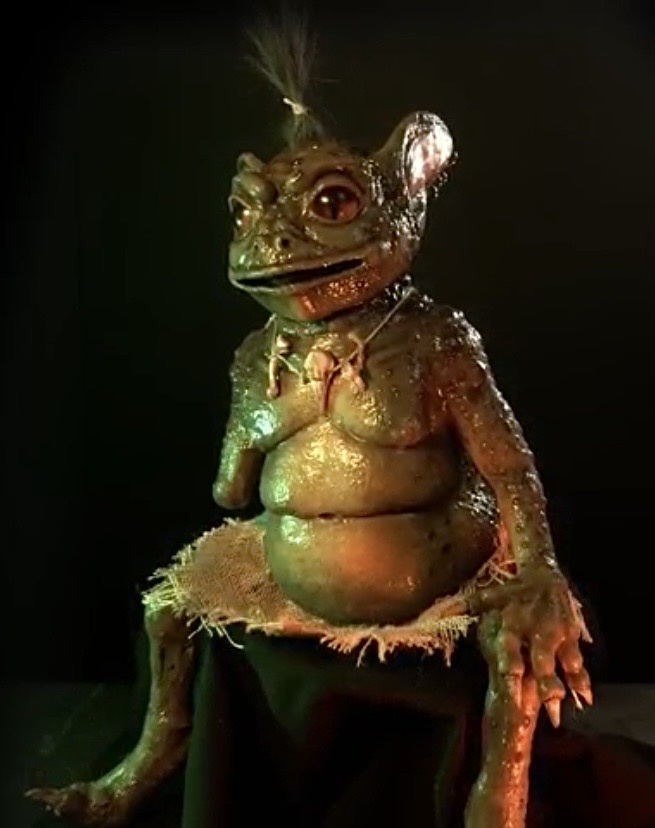
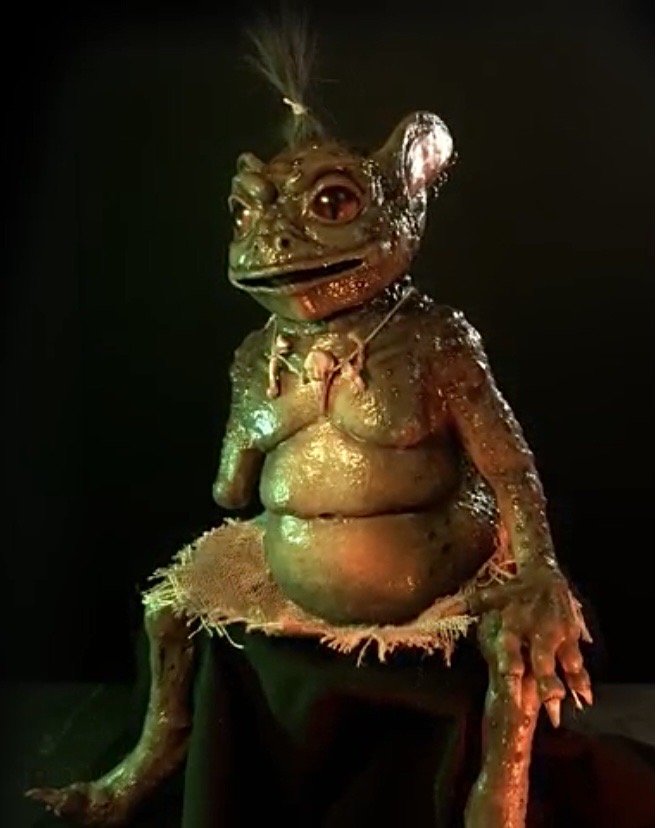

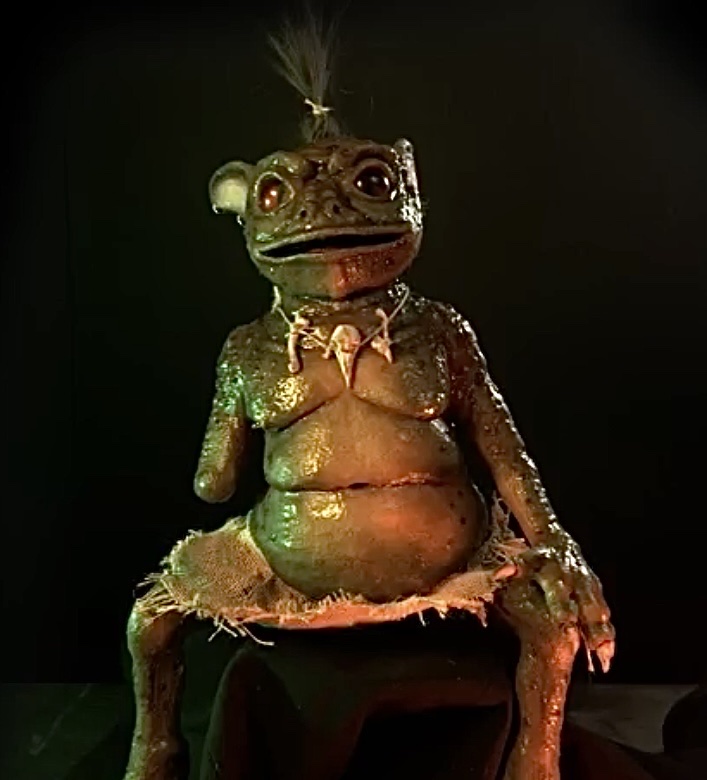

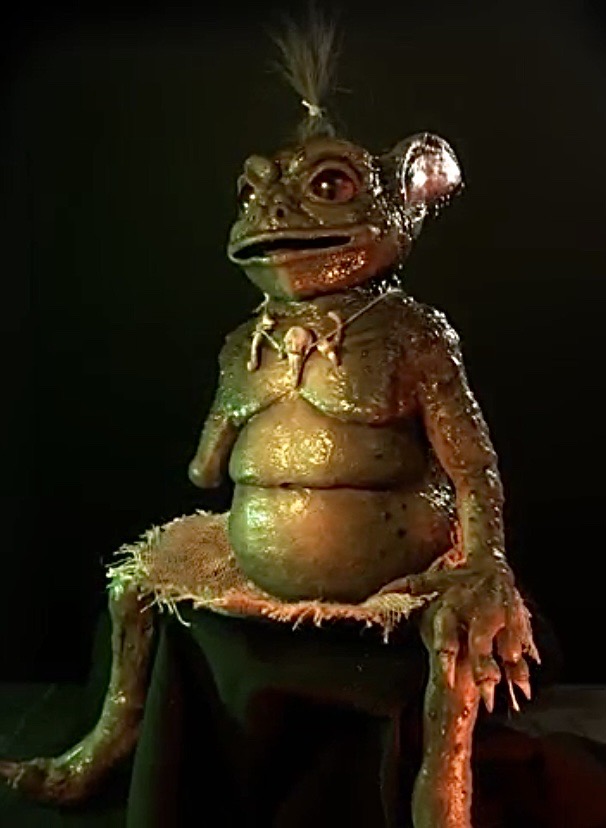


1. Creature Design and Concept Development: Create a unique and visually compelling forest goblin character inspired by folklore, with a focus on natural textures, earthy tones, and an organic aesthetic.
2. Sculpting and Modelmaking: Employ advanced sculpting techniques to craft a highly detailed maquette of the forest goblin, ensuring accurate anatomy, texture, and form suitable for silicone casting.
3. Molding and Casting: Utilise fiberglass molding and silicone casting methods to produce a durable, high-quality silicone skin for the puppet, capturing the creature’s intricate details.
4. Puppet Mechanism Development: Design and construct a hand puppet mechanism that allows for basic but expressive puppet movements, ensuring ease of operation and realistic performance.
5. Painting and Finishing: Apply lifelike painting techniques to achieve a realistic, organic appearance, emphasizing the goblin's natural and forest-like characteristics.
6. Testing and Refinement: Evaluate the puppet’s movement and appearance through testing, making adjustments for improved performance and aesthetic quality.
7. Documentation and Presentation: Maintain thorough documentation of the creative process, including design sketches, sculpting, molding, and painting stages, culminating in a professional presentation of the finished creature.
1. Creature Design: The forest goblin puppet achieved a visually compelling design, with intricate textures, earthy tones, and a natural, organic appearance that effectively captured the essence of a forest-dwelling creature.
2. Silicone Casting: The use of professional-grade silicone resulted in a durable, lifelike skin for the creature, successfully capturing all sculpted details and ensuring longevity.
3. Puppet Performance: The hand puppet mechanism allowed for basic but expressive movements, enabling natural interaction and performance.
4. Technical Challenges and Solutions: During the testing phase, initial difficulties were encountered with the puppet mechanism, including limited range of motion and tension issues. These were addressed through mechanical adjustments, including reinforcement of joints and prioritising of the more expressive movements, resulting in a smooth and responsive puppet performance.
5. Finishing and Detailing: Advanced painting techniques were applied, enhancing the creature’s organic look with realistic shading, color variation, and texture depth.
6. Comprehensive Documentation: The entire creative process, from concept development to final testing, was thoroughly documented, providing a clear record of design decisions, challenges, and solutions.
7. Positive Audience Reception: The completed forest goblin puppet was well-received, with its lifelike appearance and functional performance being highlighted as key achievements.
This thesis explores the development of visual effects in fantasy cinema through a
comparative analysis of Clash of the Titans (1981) and its 2010 remake. Chapter One
examines the 1981 film’s use of Dynamation, a stop-motion technique developed by
Ray Harryhausen. The chapter explores the design and fabrication of the mythical
creatures, assessing how these practical effects shaped audience engagement and
perception at the time. Chapter Two shifts focus to Clash of the Titans (2010),
investigating the film’s reliance on CGI, evaluating the impact of digital effects on the
portrayal of mythical beings and how these advancements influenced storytelling
within the fantasy genre. Chapter Three presents a comparative analysis of both films,
highlighting the artistic and technical differences between practical effects and CGI
by exploring how each approach affects immersion, emotional response, and audience
reception. This thesis argues that while CGI has expanded creative possibilities in
filmmaking, the artistry of practical effects maintains a unique visual and nostalgic
appeal, influencing how viewers connect with on-screen characters. By examining the
shift from handcrafted techniques to digital animation, this study contributes to a
broader understanding of the evolving relationship between visual effects and
cinematic storytelling.

Hi, I'm Katelyn, I have a passion for bringing characters and worlds to life on screen. I have a love for all things sculpting, molding, and casting. My journey in modelmaking has been fueled by a relentless drive. This passion led me to work on the Netflix series, Wednesday, where I gained hands-on experience in a fast-paced, high-standard production environment. Working alongside talented industry professionals further honed my skills. I aspire to expand my career in film and television. I am eager to travel with my work, exploring new creative opportunities and collaborating with diverse teams worldwide. I am committed to the art of modelmaking, always striving to make the impossible possible.


